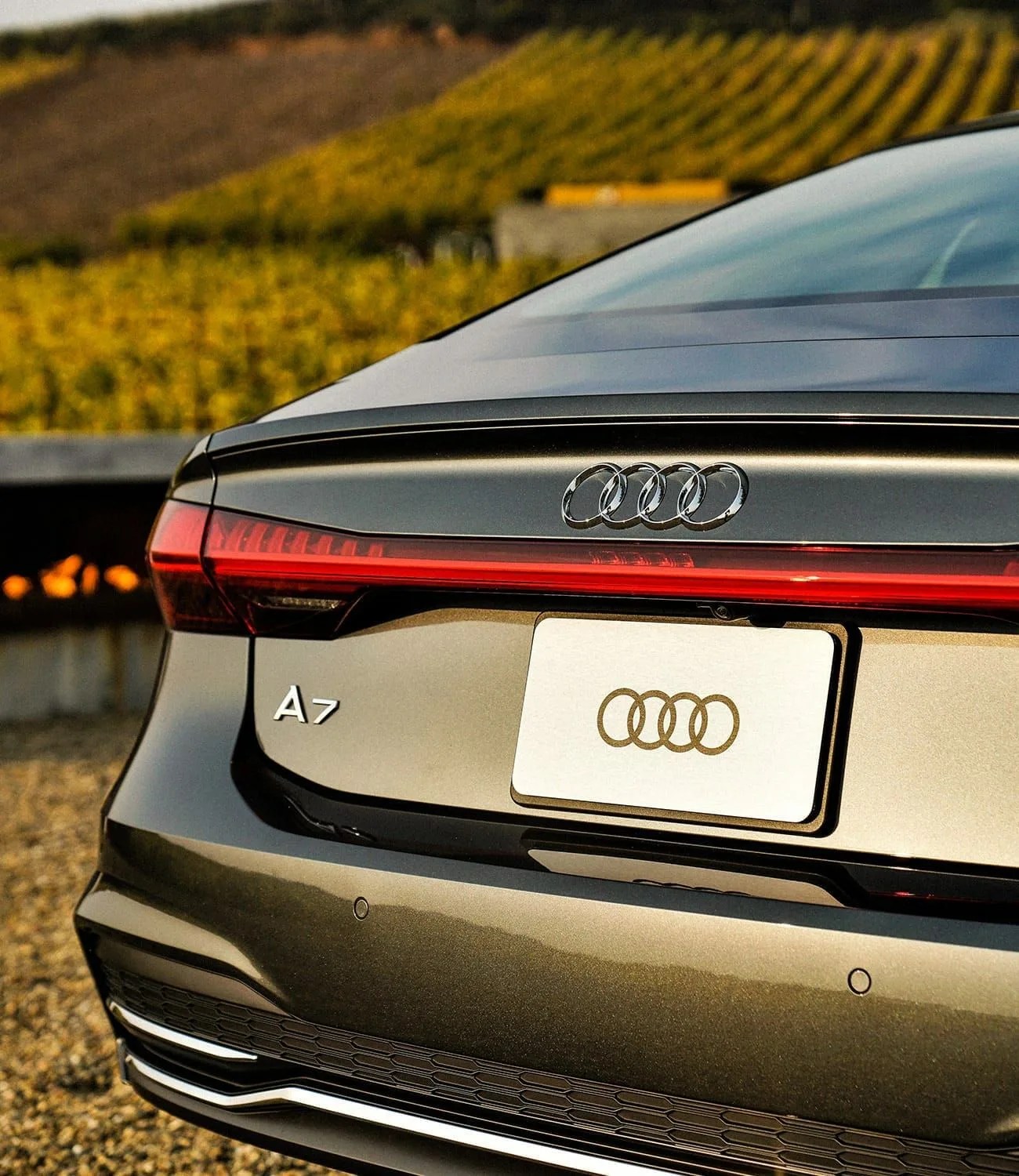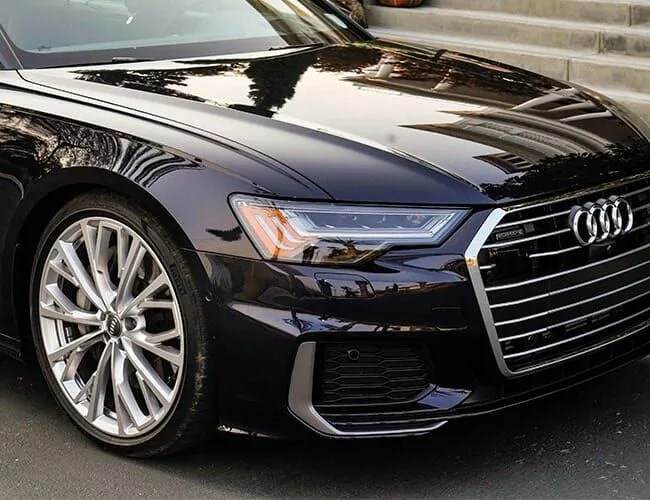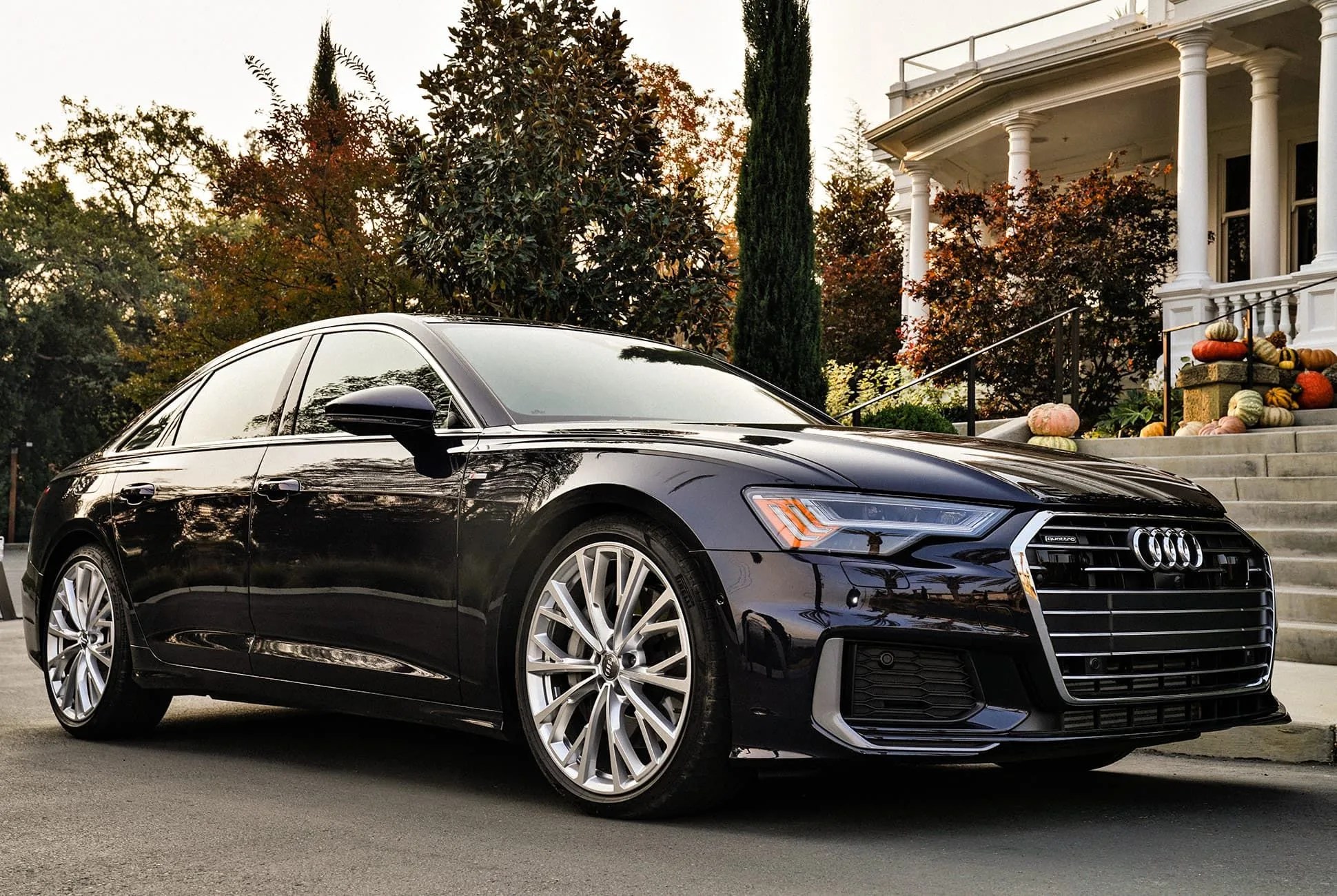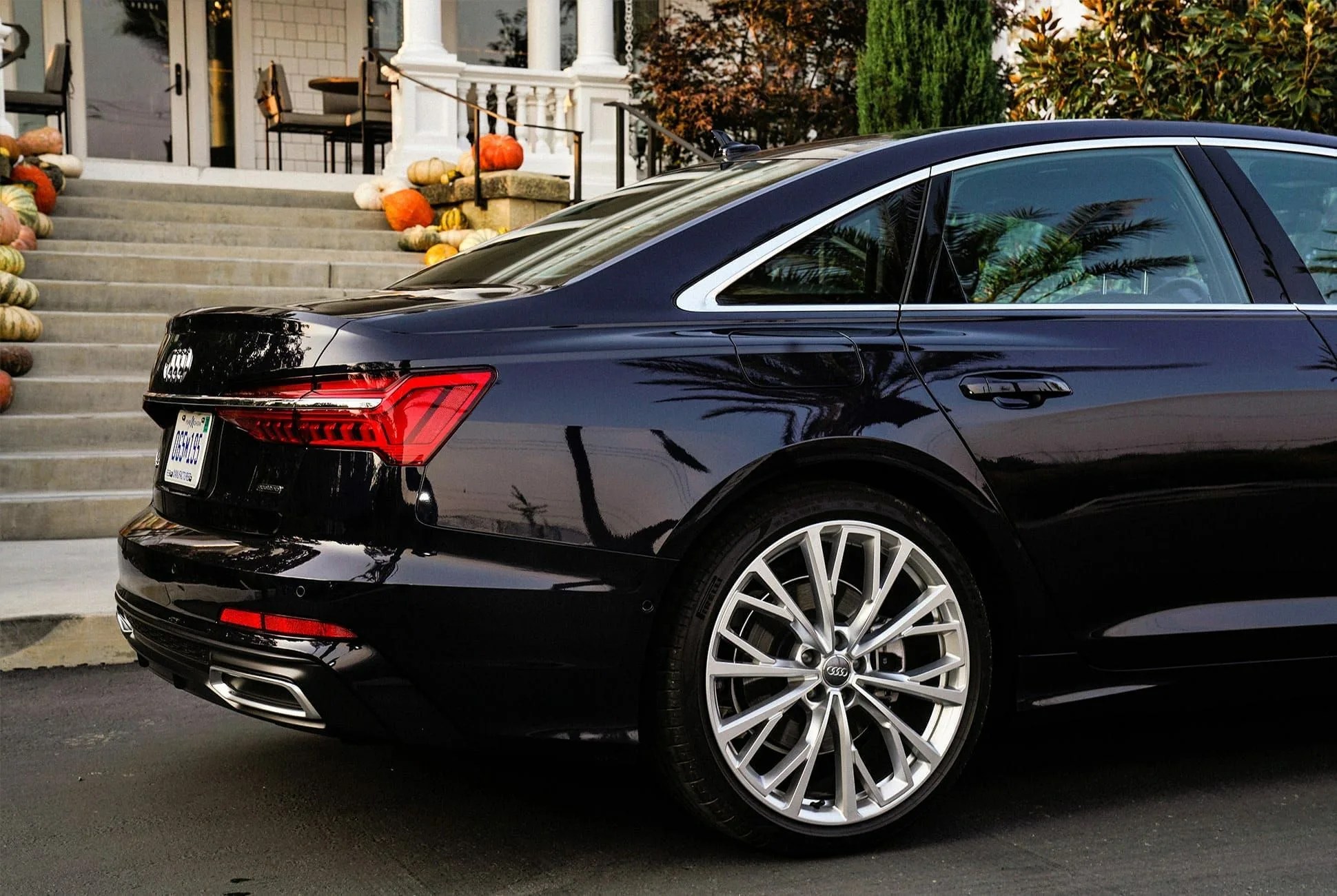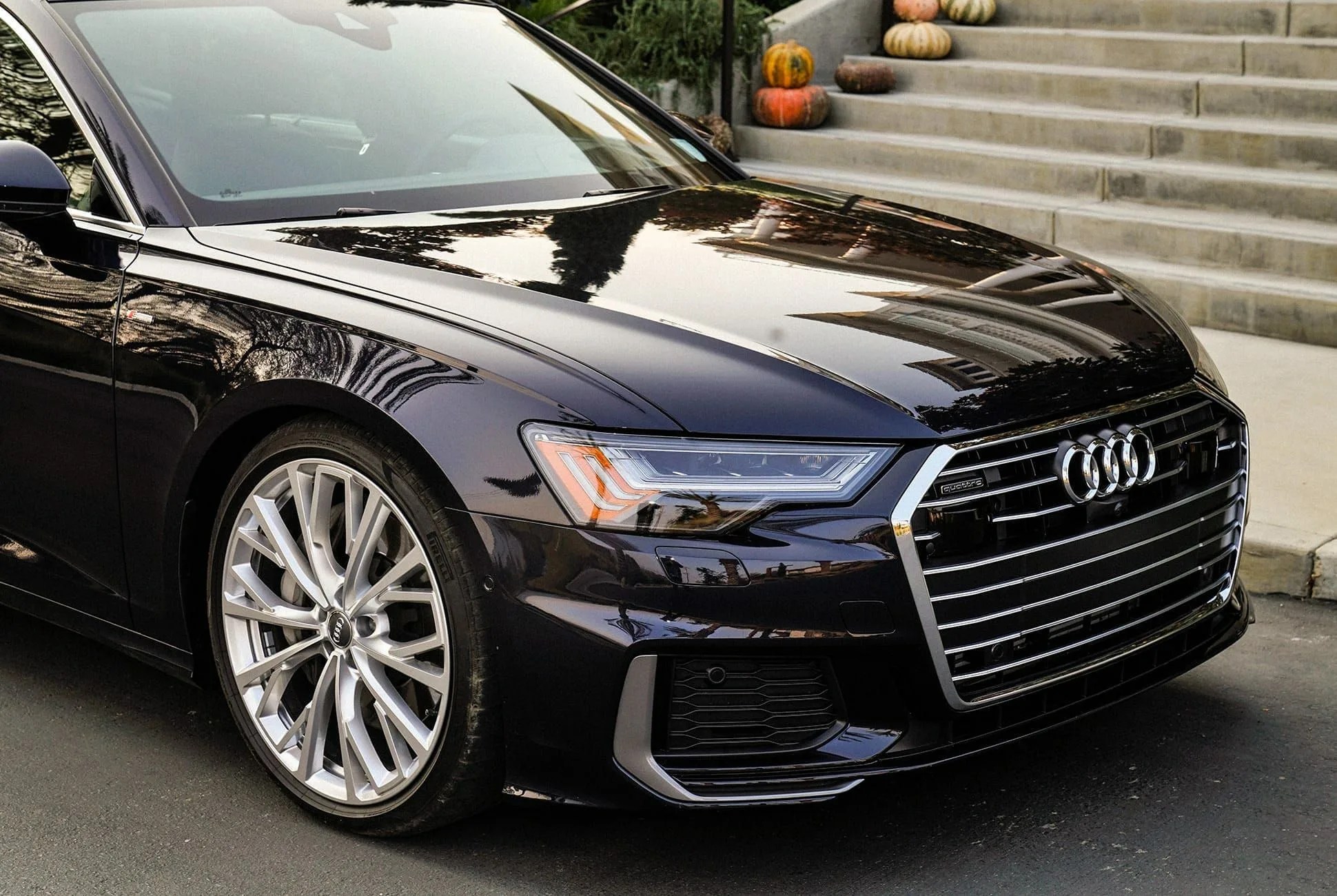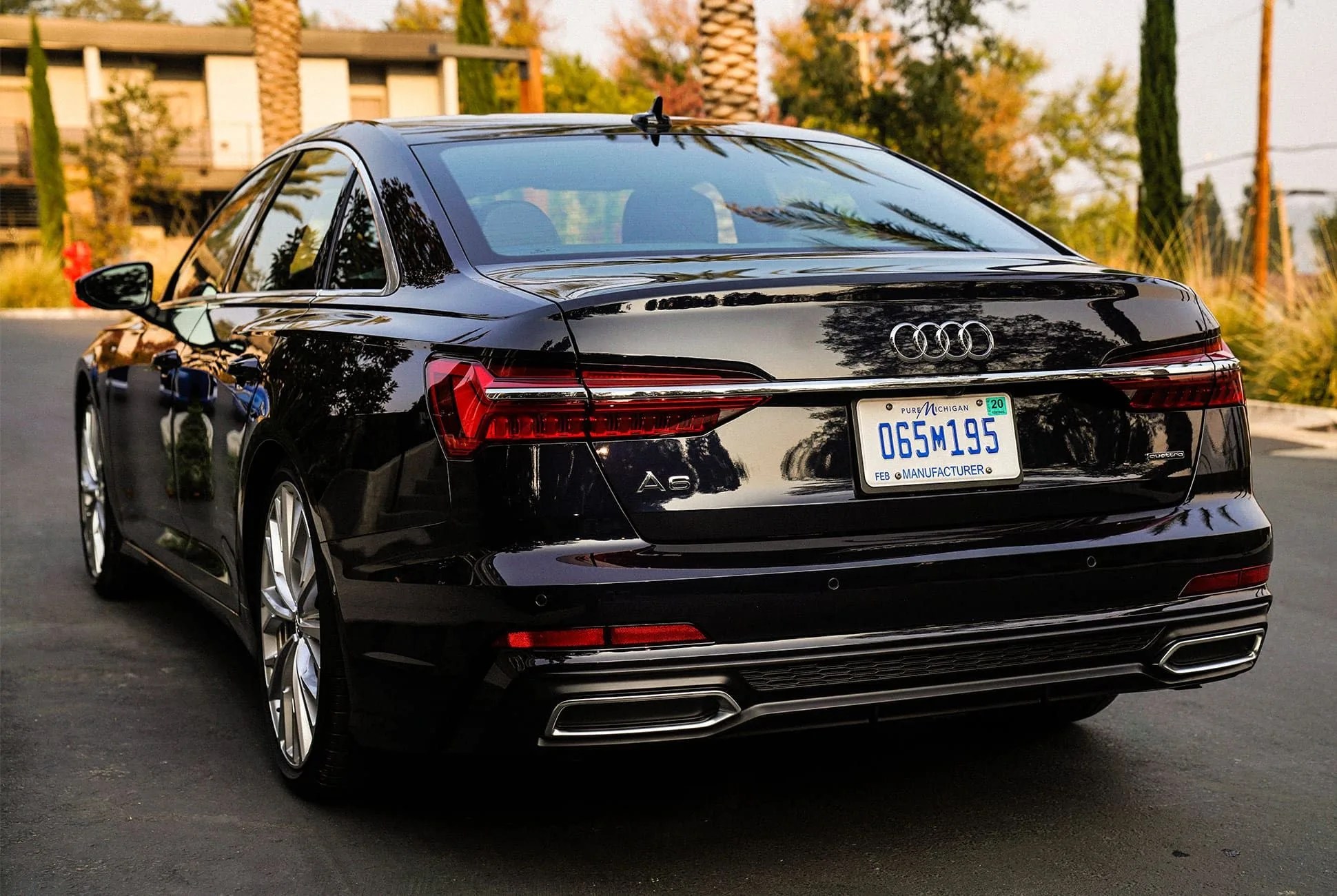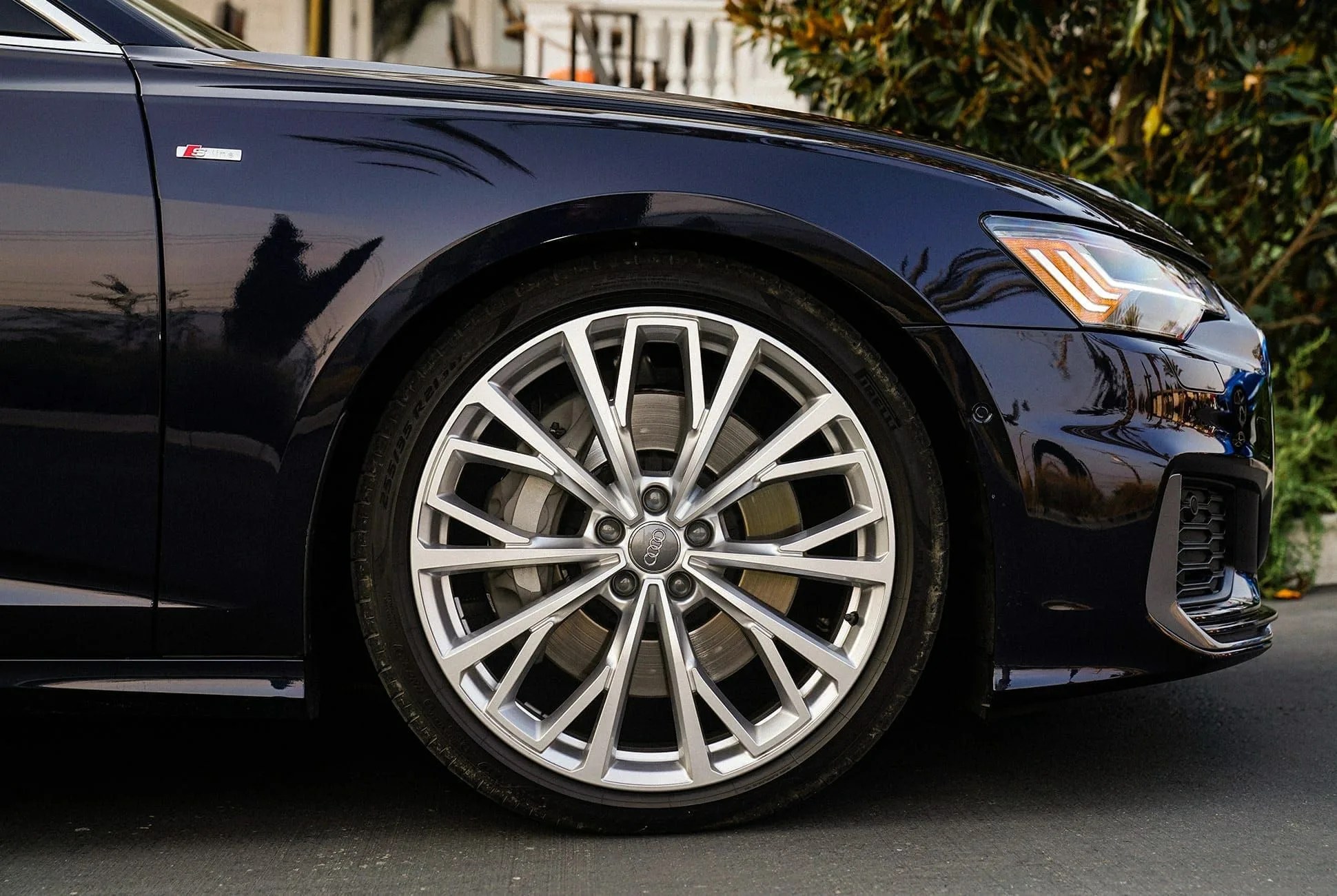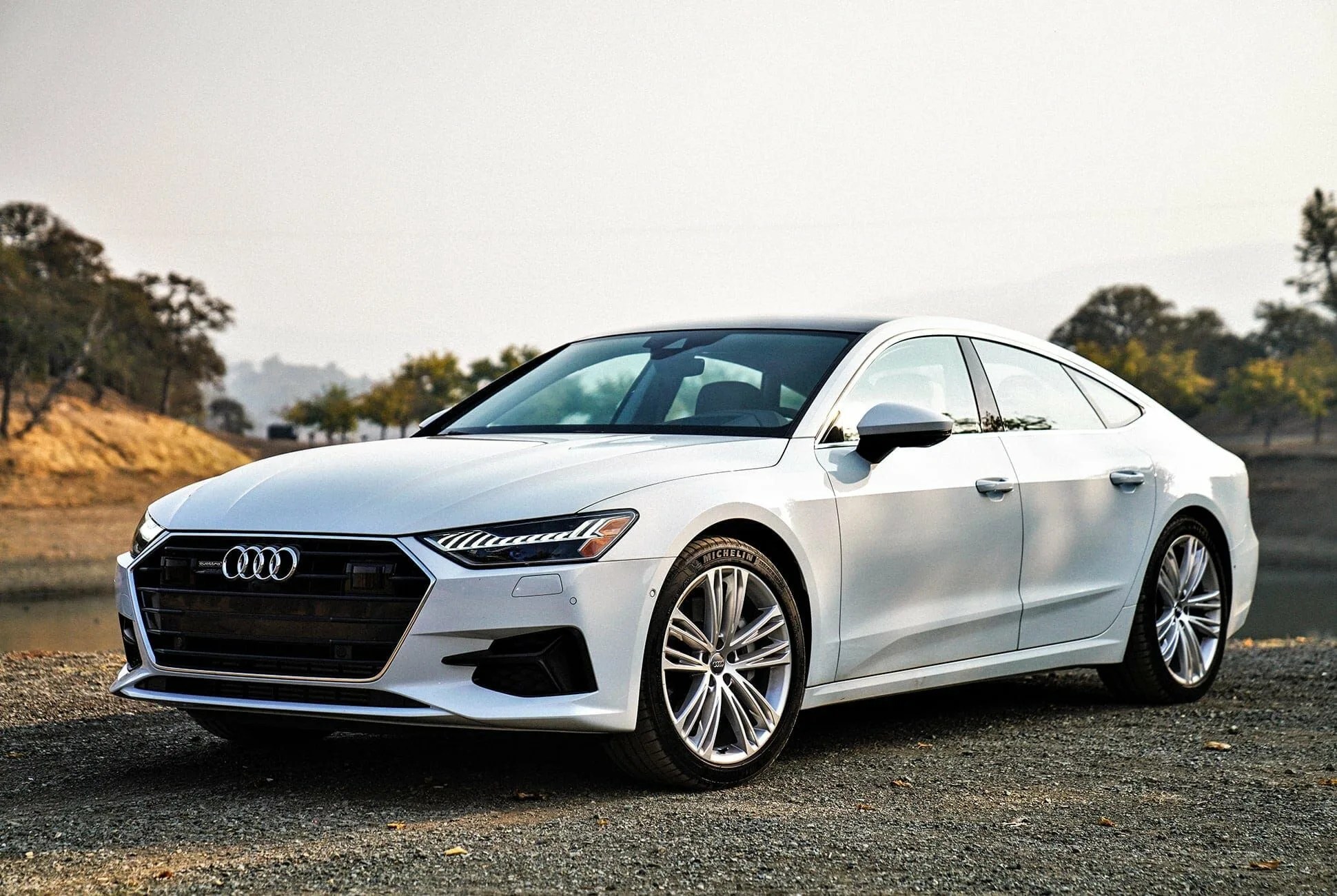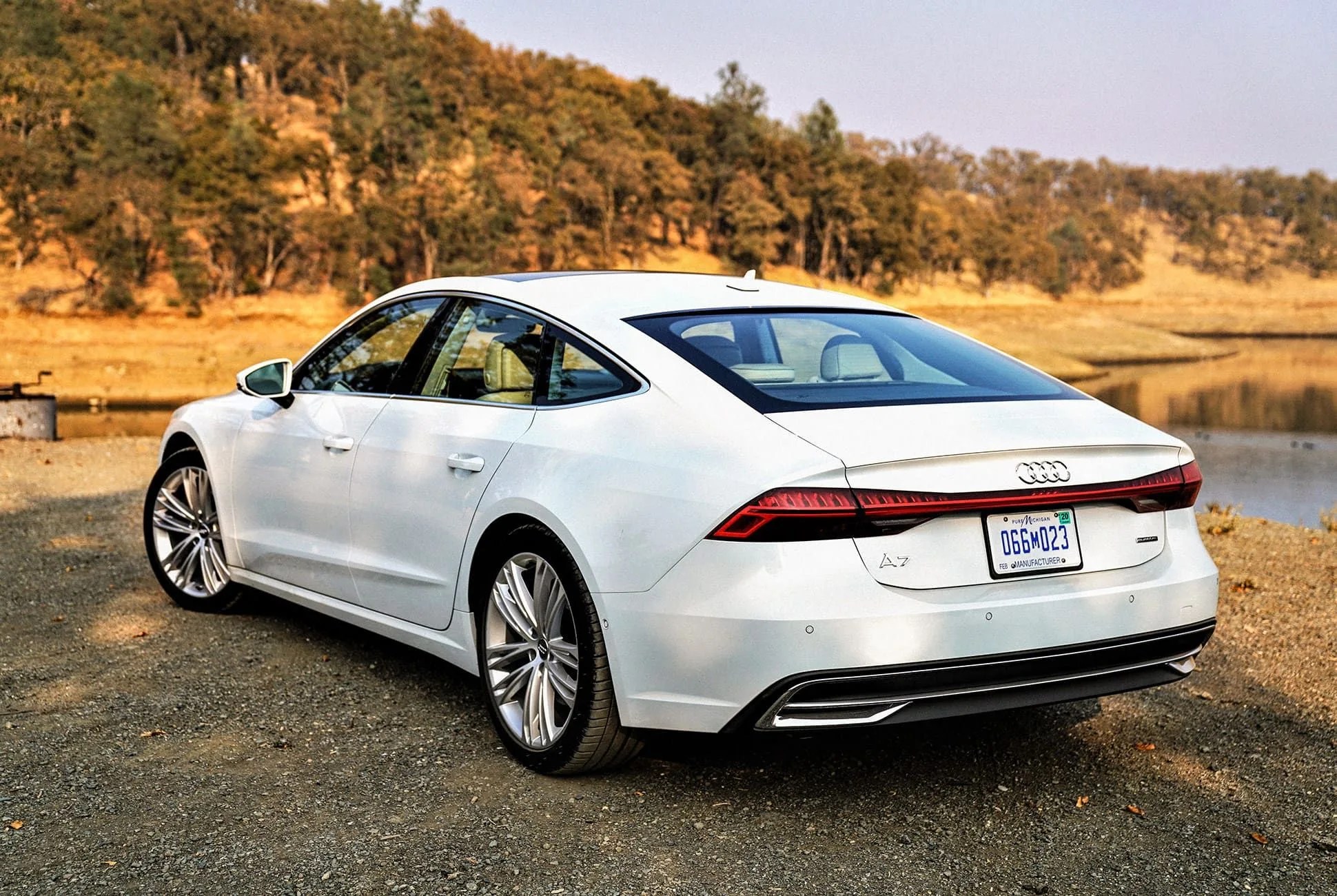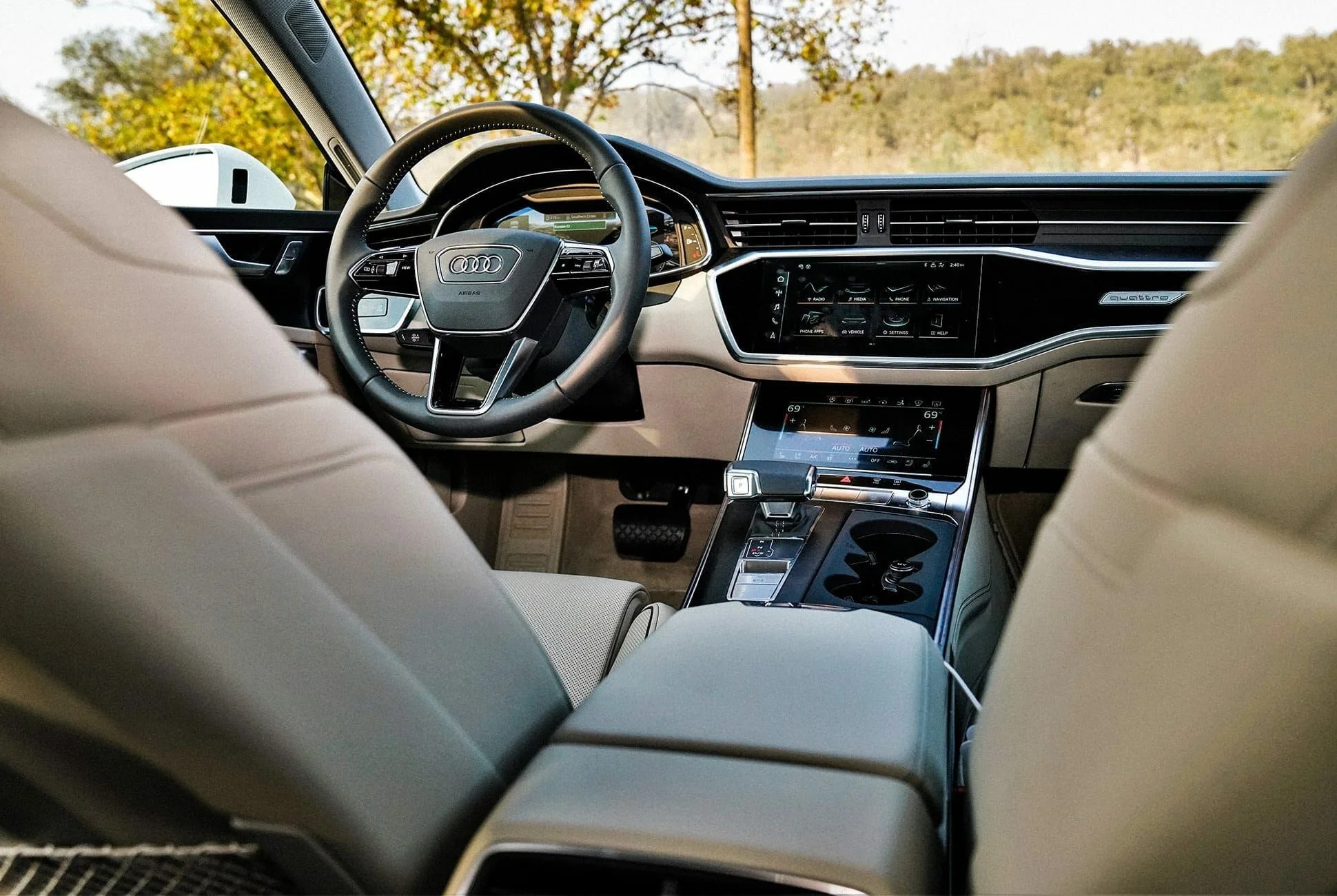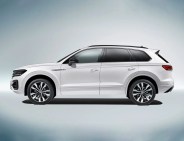9 photos
When you have two very good things going – the vaunted A6 sedan and its more spirited sibling, the A7 – you treat every stroke of the pen with great caution during a redesign. After all, carmakers who take radical departures with some of their iconic products tend to find themselves mercilessly harassed for it. We liked it, the thinking goes. Why did you wreck it?
Fans of Audi’s stalwart A6, now in its eighth generation, and the upstart A7 can rest easy, though. The company treated these two models with the respect they deserve during their simultaneous redesigns, improving the appearance with tight, modern tweaks and bumping up the technology contained within in meaningful ways. Both get new, smoother and more responsive 3.0-liter turbocharged V6s that replace the supercharged sixes in the previous models, and both get a new 48-volt mild-hybrid electrical system designed to more gracefully handle modern electronics and smooth out the often jarring stop/start system. They also both enjoy the Volkswagen Group’s seven-speed dual-clutch transmission, something that has become a bit of an afterthought but remains one of the most remarkably fluid and satisfying propulsion systems this side of an all-electric EV.
Though the vehicles have still more in common, including essentially identical interiors, a newly updated MMI infotainment system, and three headlight options, including their precision HD Matrix LED system, they retain their individual characters. The A6 is the more stately of the two, with its traditional sedan configuration. It has a newly widened and lowered grill and additional creases and character lines along its sides that are meant to visually lower the model. The rear taillights are nicely elongated and linked with a chrome strip. It’s an extremely mature design, but still crisp and bold.
The A7, meanwhile, is the edgier and sportier of the pair. Its now-iconic sloping rear sportback roofline gives it a subtly more aggressive posture, and its pronounced forward air inlets showcase a more purposeful front end. The new version has a slightly higher rear deck, and a taillight array that stretches across the width of the car, absent the chrome pinstriping in the A6. The A7 is $10,000 more expensive and – perhaps surprisingly – a hair slower than the A6, due to its slight added weight, but it’s designed to have more of a driver’s-car vibe, which it does. With the bonus accessibility and functionality of the hatchback design, it’s proving to be the more popular of the two models. It’s also the most visually arresting, thanks to its four-door-coupe design.
The roads around Napa Valley, California, where I sampled both models, are forever entertaining – well-paved, twisty as the vines in the fields they slice through, and rarely clogged with traffic, at least on the more distant stretches. The cars soaked it up, with their new five-link suspensions and more precise steering setups allowing for spirited glides from one winery to the next. The transmission shined mostly in the ascents, where it firmly pulled the cars up the hill even as you second-guessed your gear choice and blipped it down another notch through the paddle shifters. There’s no head-bobbing or jerkiness when that happens; just uninterrupted and free-flowing torque to shoot you to the next turn.
